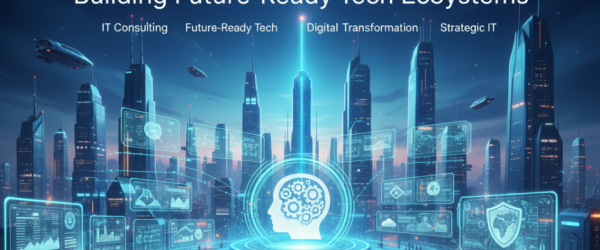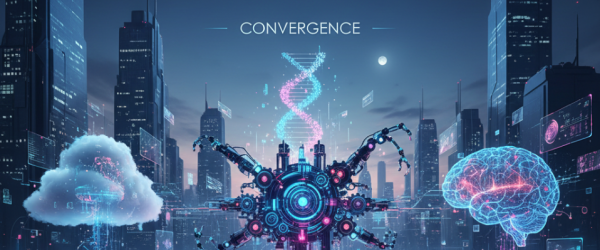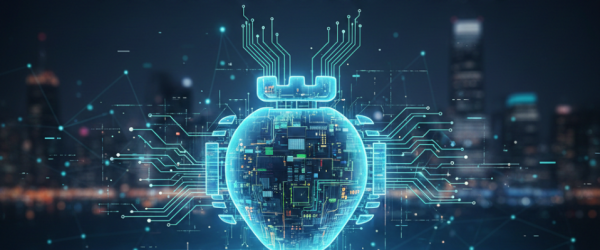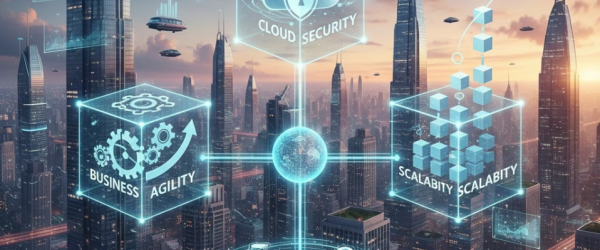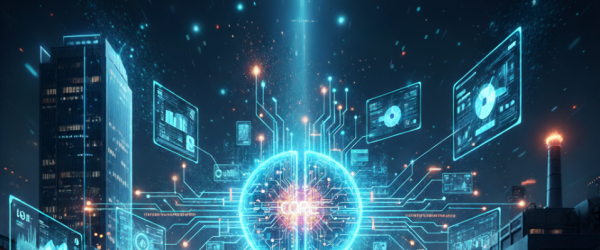Introduction
In the digital era, continuous availability is no longer a “nice to have” — it’s mission-critical. Systems must always be on to serve users, uphold SLAs, and protect revenue and reputation. Traditional monitoring based on static thresholds or reactive alerts often fails to keep pace with modern, distributed, microservices-oriented architectures.
AI-powered monitoring, often as part of AIOps (Artificial Intelligence for IT Operations), bridges this gap. By detecting anomalies, correlating signals, and triggering automated remediations, AI monitoring helps transform your IT operations from reactive to proactive — making “always-on” a realistic goal.
According to BigPanda, the average cost of an unplanned outage now stands at USD 14,056 per minute (rising especially for large enterprises).
Elsewhere, industry reports put the average downtime cost between USD 9,000 per minute and USD 540,000 per hour.
The Limitations of Traditional Monitoring
Before delving into the power of AI, it’s crucial to understand the challenges inherent in traditional monitoring approaches:
- Data Overload: Modern systems generate petabytes of metrics, logs, and traces. Sifting through this manually for anomalies is like finding a needle in a digital haystack.
- Alert Fatigue: A flood of non-critical alerts often desensitizes IT teams, leading to missed critical warnings. Research from ScienceLogic indicates that 49% of IT professionals receive 500 or more alerts daily, with 32% receiving over 1,000 [^2].
- Siloed Visibility: Different tools monitor different parts of the infrastructure (network, servers, applications), creating fragmented views and hindering holistic problem analysis.
- Reactive Posture: Traditional monitoring primarily identifies issues after they occur, leading to longer Mean Time To Resolution (MTTR) and increased downtime.
These limitations make it difficult for IT teams to move beyond “firefighting” and adopt a truly proactive stance, which is essential for achieving “always-on” status.
What is AI-Powered Monitoring (AIOps)?
AI-powered monitoring, often referred to as AIOps (Artificial Intelligence for IT Operations), is a paradigm shift. It leverages Artificial Intelligence (AI) and Machine Learning (ML) to enhance IT operations by automating and streamlining the detection, analysis, and resolution of problems.
AIOps platforms achieve this by:
- Ingesting Vast Data: Consolidating data from all IT sources – metrics, logs, traces, events, and configuration data – into a single platform.
- Applying Machine Learning: Using advanced ML algorithms to detect anomalies, identify correlations, and predict future issues.
- Automating Actions: Triggering automated responses, ranging from sending smart alerts to initiating self-healing processes.
Key Benefits of AI-Powered Monitoring for “Always-On” Systems
The adoption of AI-powered monitoring offers several critical advantages that directly contribute to achieving and maintaining “always-on” IT systems:
1. Predictive Outage Prevention
AI algorithms can analyze historical performance data and real-time streams to detect subtle deviations from normal behavior. These anomalies often precede major outages. By identifying these early warning signs, AI enables IT teams to intervene before a catastrophic failure occurs.
- Statistic: According to a report by Accenture, businesses adopting AI in their operations could reduce unplanned downtime by up to 30-40% [^3].
2. Faster Root Cause Analysis (RCAT) and Reduced MTTR
When an incident does occur, AI-powered monitoring excels at rapidly pinpointing the root cause. By correlating events across disparate systems (servers, networks, applications, logs), AI can quickly identify the source of the problem, dramatically reducing MTTR.
- Statistic: Gartner predicts that organizations implementing AIOps will reduce their Mean Time To Resolution (MTTR) by 25% by 2026 [^4].
3. Intelligent Automation and Self-Healing
Beyond detection, AI can trigger automated remediation actions. This could range from restarting a misbehaving service, auto-scaling resources to meet demand, or isolating a faulty component. This level of automation significantly reduces human intervention for routine issues, accelerating recovery.
4. Noise Reduction and Prioritized Alerts
AI/ML models learn to differentiate between critical incidents and benign noise. This capability filters out redundant or low-priority alerts, allowing IT teams to focus on what truly matters. This combats alert fatigue and improves operational efficiency.
5. Enhanced Performance Optimization
AI continually analyzes system performance trends, identifying bottlenecks and inefficiencies that might impact user experience. It can suggest or automatically implement optimizations, ensuring systems run at peak performance even under varying loads.
AI-Powered Monitoring in Action: Use Cases
To illustrate the practical impact, consider these real-world applications:
- Financial Services: A large bank uses AI to monitor its trading platforms. When unusual transaction volumes or latency spikes are detected, the AI flags potential fraud or system overload, allowing immediate intervention to prevent financial losses and maintain service availability.
- E-commerce: An online retailer deploys AI-powered monitoring to manage its microservices architecture. During a peak sales event, the AI automatically scales backend databases and application instances to handle increased traffic, preventing website slowdowns or crashes. It also identifies anomalies in customer login patterns, proactively blocking potential bot attacks.
- Healthcare: A hospital system leverages AI to monitor critical patient monitoring applications. If a particular server experiences unusual CPU spikes or memory leaks, the AI predicts a potential failure, automatically migrates affected services to healthy servers, and alerts IT staff, ensuring uninterrupted access to vital patient data.
Implementing AI-Powered Monitoring: Best Practices
To successfully transition to an AI-powered monitoring strategy, consider these best practices:
- Start with Clear Goals: Define specific pain points (e.g., high MTTR, frequent outages) that AI is intended to address.
- Ensure Data Quality: “Garbage in, garbage out.” AI models require clean, comprehensive, and well-structured data from all relevant sources to be effective.
- Phased Implementation: Begin with a pilot project on a non-critical system or a specific use case, then scale gradually.
- Human-in-the-Loop: While AI automates, human oversight remains crucial, especially for high-impact decisions and continuous learning.
- Continuous Learning and Feedback: AI models improve with more data and feedback. Establish processes to feed incident resolution data back into the system to refine its accuracy.
- Choose the Right Platform: Select an AIOps platform that integrates seamlessly with your existing infrastructure and provides the necessary ML capabilities.
Conclusion
The future of IT systems is “always-on,” and AI-powered monitoring is the indispensable key to unlocking that future. By moving beyond reactive monitoring to predictive intelligence and automated remediation, organizations can drastically reduce downtime, optimize performance, and free their IT teams to focus on innovation rather than incident response. As IT environments continue to evolve in complexity, embracing AI-powered monitoring isn’t just an advantage; it’s a fundamental requirement for maintaining resilience and driving business success in the digital age.


